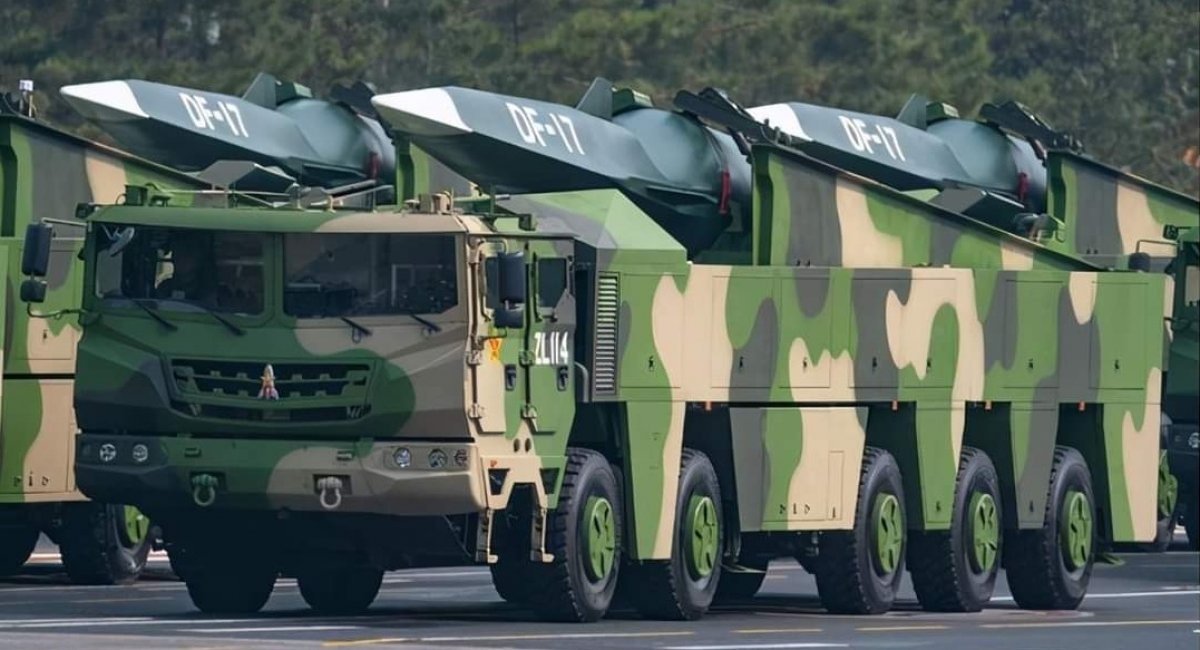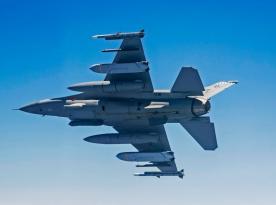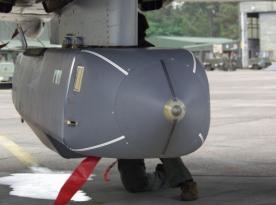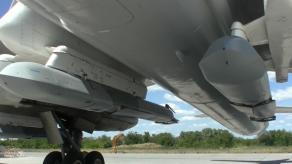After the big fiasco of Kh-47 Kinzhal missile failing to inflict any significant damage to the Patriot systems in Ukraine, russians started to "clean up" the people involved in the project of making this "wunderwaffe." The detainees are charged with "treason" and "technology espionage in favor of China".
Probably, the real fact behind this accusation is that the russian weapon designers provided China with data on an anti-satellite missile project called 79M6 Kontakt that was developed back in the USSR times, or maybe they shared the RN-S carrier rocket project back from the 1990s. Both projects later became the basis for what we know as the Kinzhal missile.
Read more: Russia Offers the X-31PD Missile for Export Market in Response to the Kh-47 Kinzhal Missile Loss
But here we should also not rule out the actual possibility that Kinzhal may be disclosed to China, be it done already or later. Especially considering that Beijing has experimented in the field of hypersonic and air-launched ballistic missiles before.
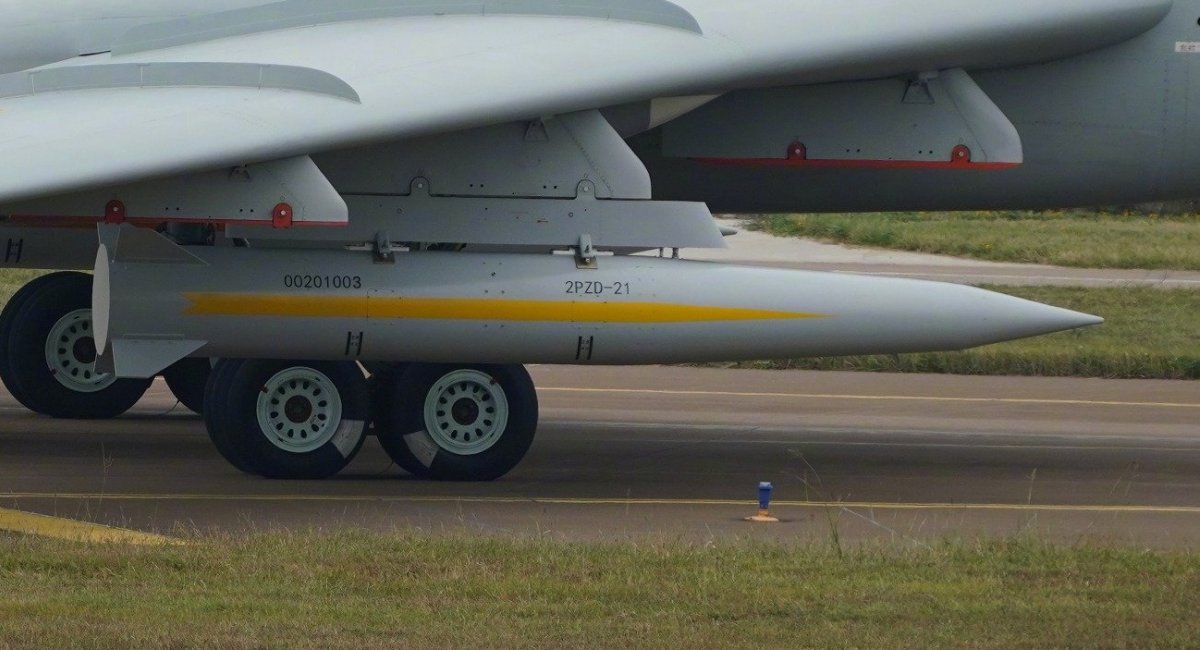
In November 2022, the Chinese showed for the first (and the only for now) time their 2PZD-21 missile adapted to be launched by an H-6K bomber, the looks of it were notably close to the ones of the russian Kh-47 Kinzhal. However, there is currently no data about the tests of this new weapon. Here we should remember that Chinese experiments with the ground-launched DF-17 attached to an H-6 yielded no results.
With that in mind we can assume that even if China received some technologies from the russians, they only used them to analyze the flaws; and that Chinese engineers ultimately decided the research of air-launched ballistic weaponry leads to nothing. Instead, they focused efforts on ground-based missiles working by the formula "ballistic missile acts as a booster + a glider."

In particular, China is working on a missile based on the "booster + glider" design right now, and apparently the project is approaching a successful completion.
The International Institute for Strategic Studies (IISS) published an analysis based on "leaked Pentagon documents" in its blog on May 18. The alleged leaked intelligence indicates that on February 25, 2023, a Chinese DF-27 missile had a test, it flew 2,100 km in 12 minutes.
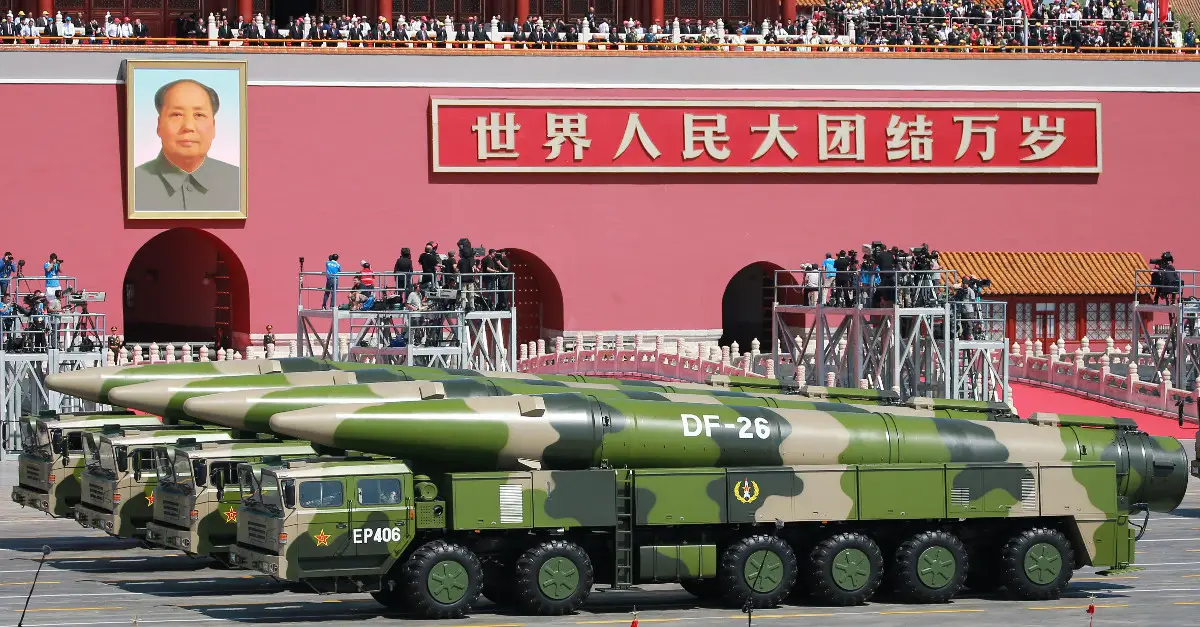
Although the Pentagon did not confirm the authenticity of the leak in general, Western analysts have no doubts about the progress of China in implementing the DF-27 project, which is most likely based on the DF-26 medium-range ballistic missile.
The estimated DF-27 maximum range differs among the assessments: from 5,000 to 8,000 km. Either way it must be more than the range of hypersonic DF-17 of the – 1,800 to 2,500 km.
On top of that, there's an assumption the hypersonic DF-27, just like its predecessor DF-17, will be capable of striking both land and underwater targets. However, either the total or warhead weight are unknown.

Read more: Russia’s Allies In Libya Got Shelled By the Chinese Copy of Krasnopol Rounds, But the Supplier Is Unknown




